Community Life
In the heart of Acadiana, Southwest Louisiana, our Discalced Carmelite Community has lived its vocation of prayer in the Diocese of Lafayette for over 85 years. Each of us come from a variety of backgrounds, places and experiences, yet we are bound together by our vocation of prayer for the Church and the world. “It was not you who have chosen Me, but I who have chosen you” (Jn. 15), Jesus reminds us. Ultimately, it was God’s love and His choice of us that led us here to our Carmel of Lafayette where we are united as one religious family. We belong to an Order with a rich heritage, and our foundation of Lafayette has its own unique story.
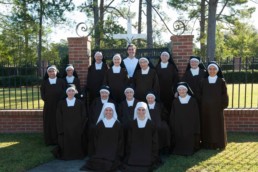
Beginnings
It is significant that in this nation “under God” the first religious women to live under the Stars and Stripes were contemplative Carmelite Nuns, dedicated totally to the worship and praise of God and to intercessory prayer for the needs of the Church and of the world. Soon after the American Revolution ended, four daughters of St. Teresa, three of them American English, established a monastery at Port Tobacco, Maryland. This Carmel moved to Baltimore in 1831 and subsequently established communities in St. Louis and New Orleans.
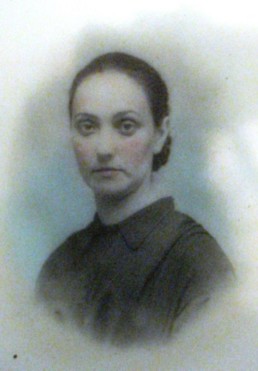
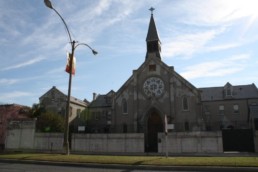
In 1867 the beautiful Creole socialite Louise Roman, niece of Governor A.B. Roman of Louisiana, entered the Carmel of St. Louis. In 1877, she led a group of four nuns back to her native state, and in 1878 they settled in a pre-Civil War cottage in the French Quarter in New Orleans. The permanent monastery, dedicated to St. Joseph and St. Teresa, was completed in 1895. It was this monastery that opened its doors to welcome Heloise Marie Caillouet (Mother Marie Dolores of the Passion) of Thibodeaux, Louisiana, in 1919, and Lucy Mary Hermes (Mother Theresa Margaret of the Sacred Hearts) of Austin, Texas, in 1934. They were to become the foundresses of the Lafayette Carmel.
Mother Marie Dolores (left) & Mother Theresa Margaret (right)
Foundresses of Lafayette
When the young and enthusiastic Father Jules B. Jeanmard, a former chaplain of the Monastery, was named Bishop of Lafayette in 1918, he asked the nuns to bring Carmel to his budding diocese. At the time the community, having already contributed members to two other foundations, was unable to fulfill his request. But Bishop Jeanmard, following the dictum of St. Teresa, “Patience obtains everything, ” persevered. In early May of 1936, four cloistered sisters and one extern sister left New Orleans and traveled the almost two hundred miles to Lafayette (a five-hour trip in those days!). Mother Bernadine of St. Joseph, the Prioress of the New Orleans Carmel, accompanied them.
The first Mass was scheduled for the feast of St. Simon Stock, May 16. Despite wet paint on the newly remodeled altar, the loss and eventual recovery of the altar wine, and various other disturbances, Bishop Jeanmard began the first Mass on time; with this Eucharistic Celebration, the new Carmel, under the patronage of Mary, Mother of Grace, was officially inaugurated in the life of the diocese.
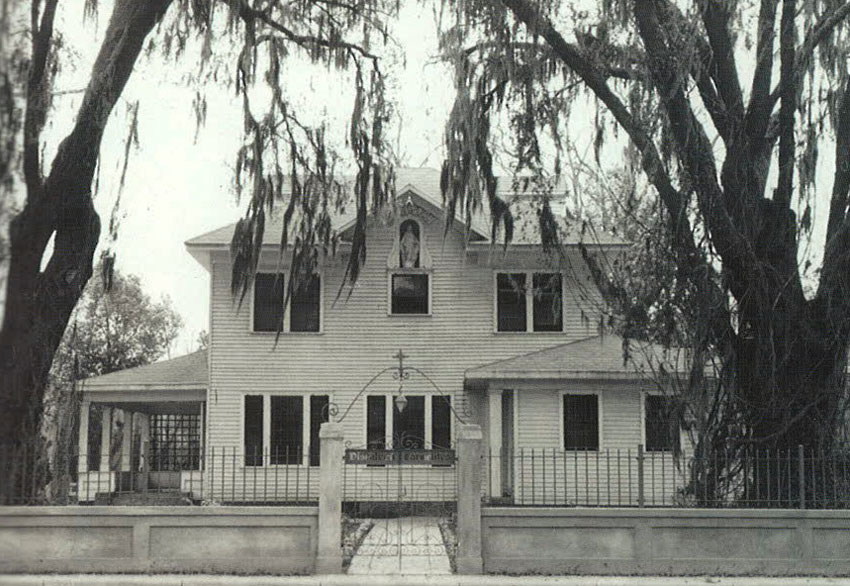
Old Monastery on College Avenue (now University)
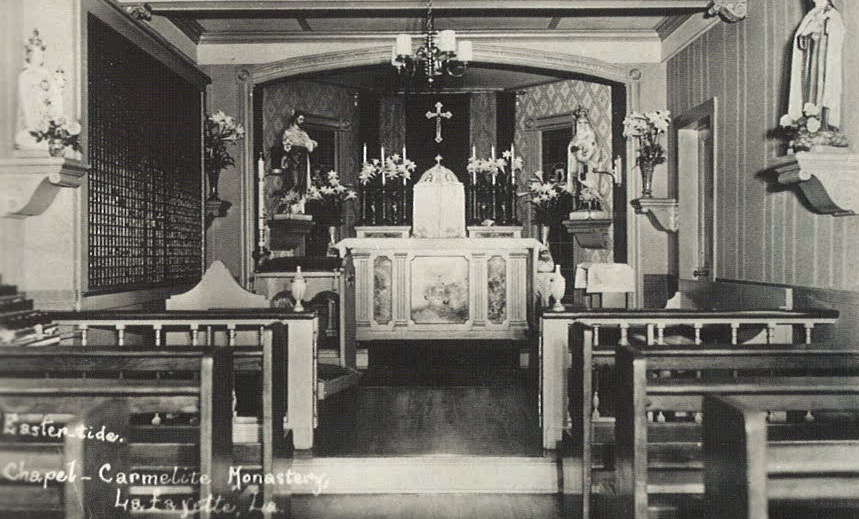
Chapel of the Old Monastery
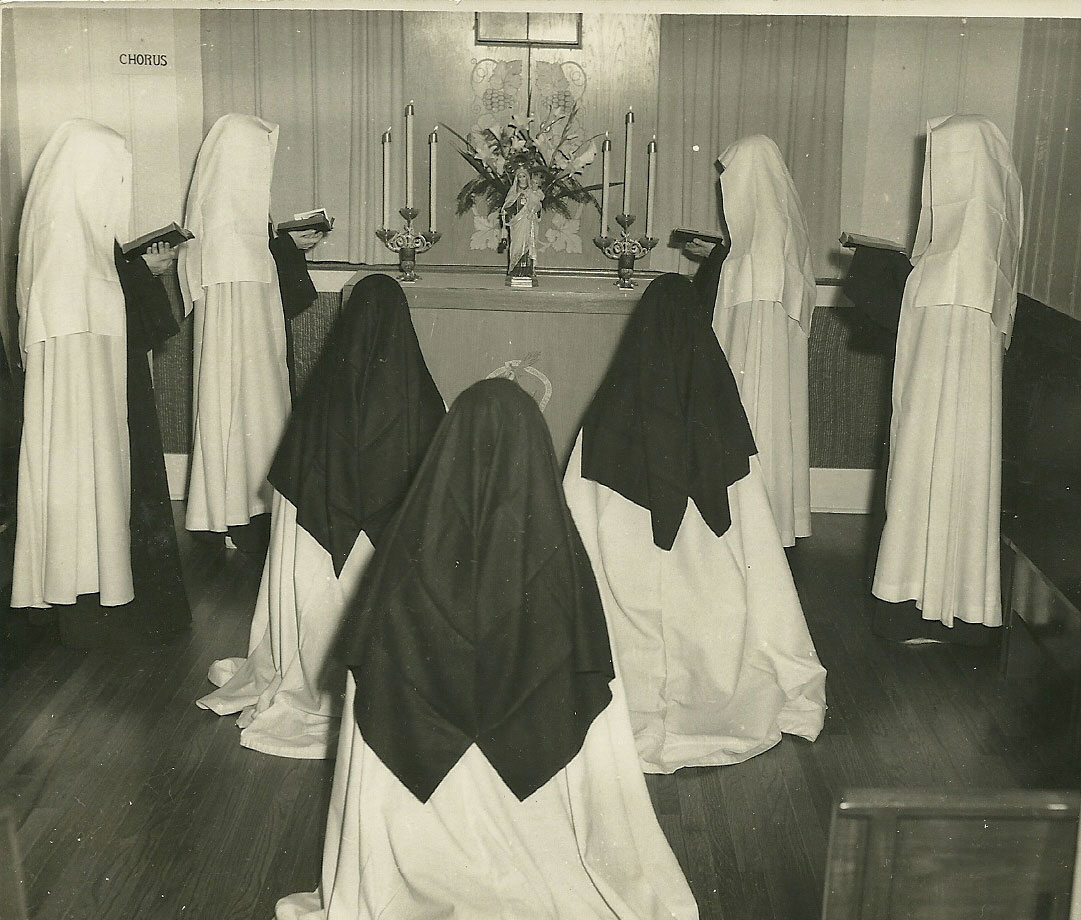
The Choir of the Old Monastery
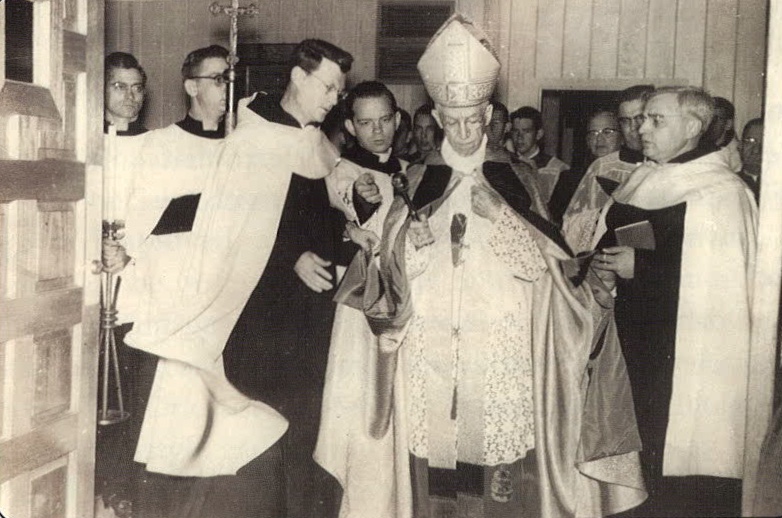
Bishop Jules Jeanmard officating at the Old Monastery
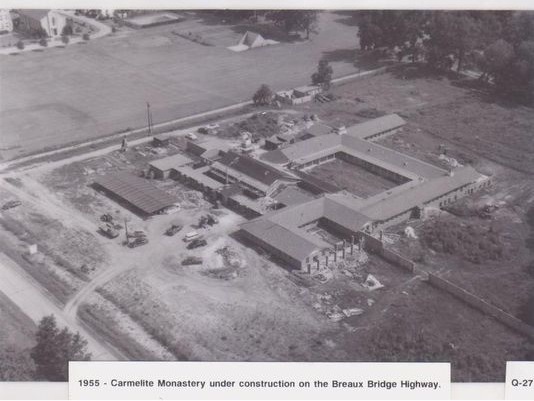
New Monastery Under Construction
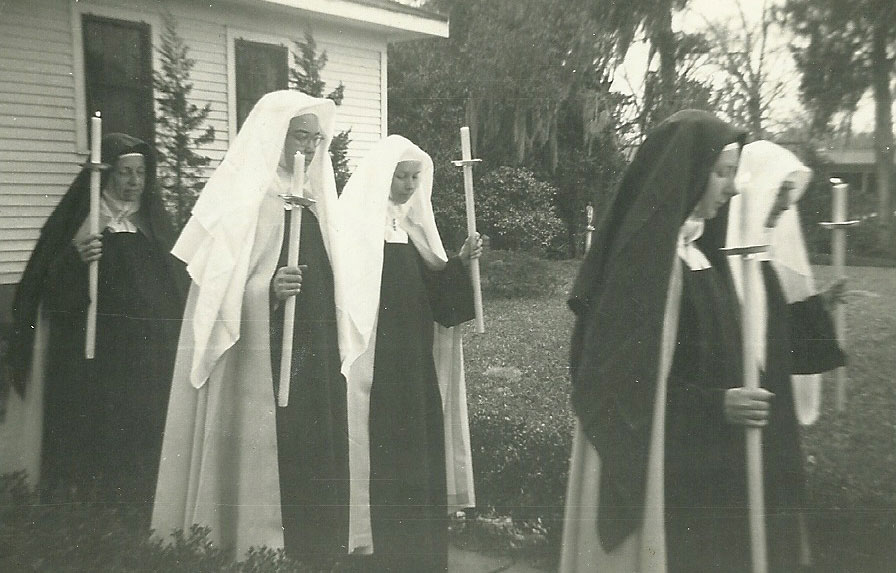
Procession from the Old Monastery
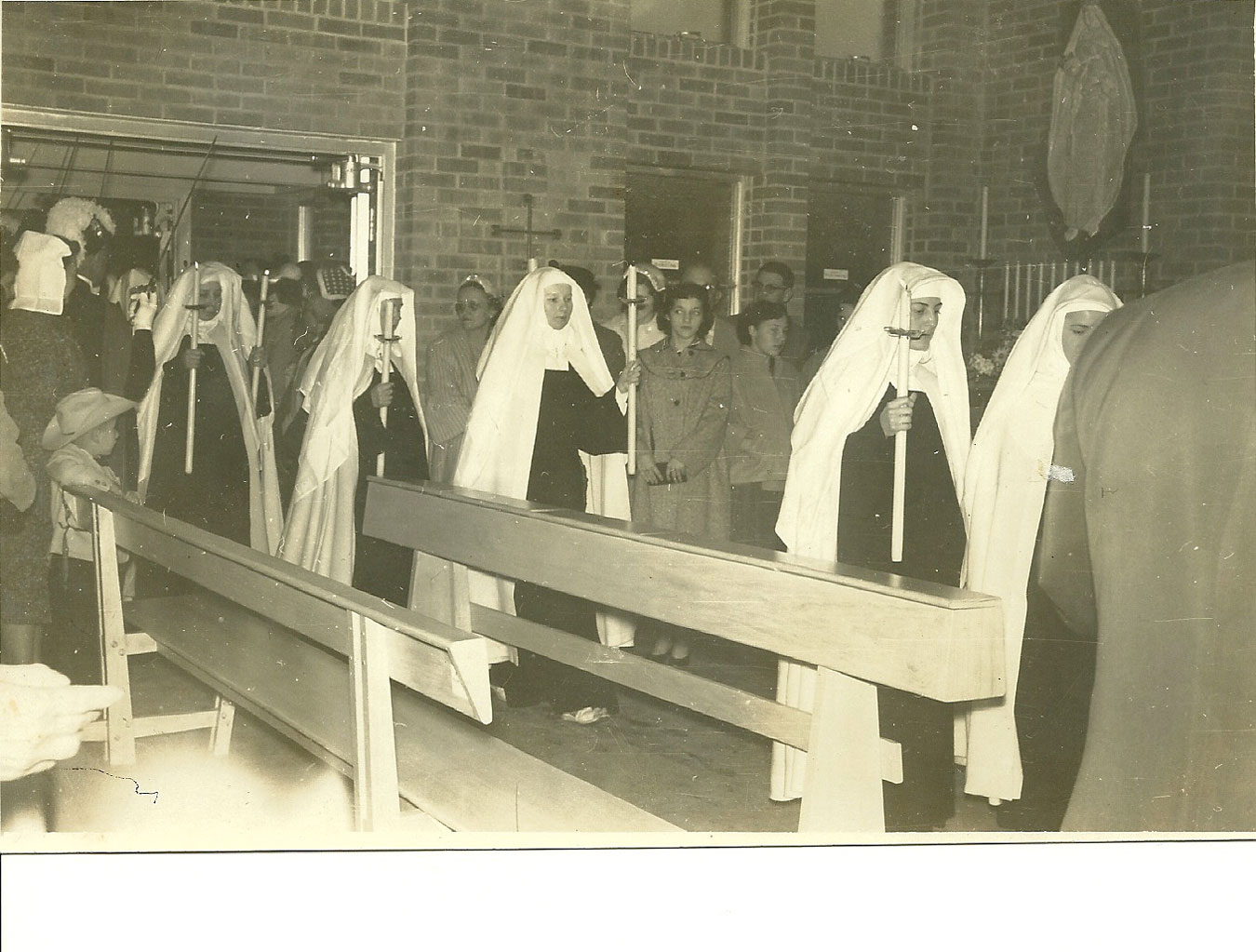
Nuns process into the new Monastery Chapel
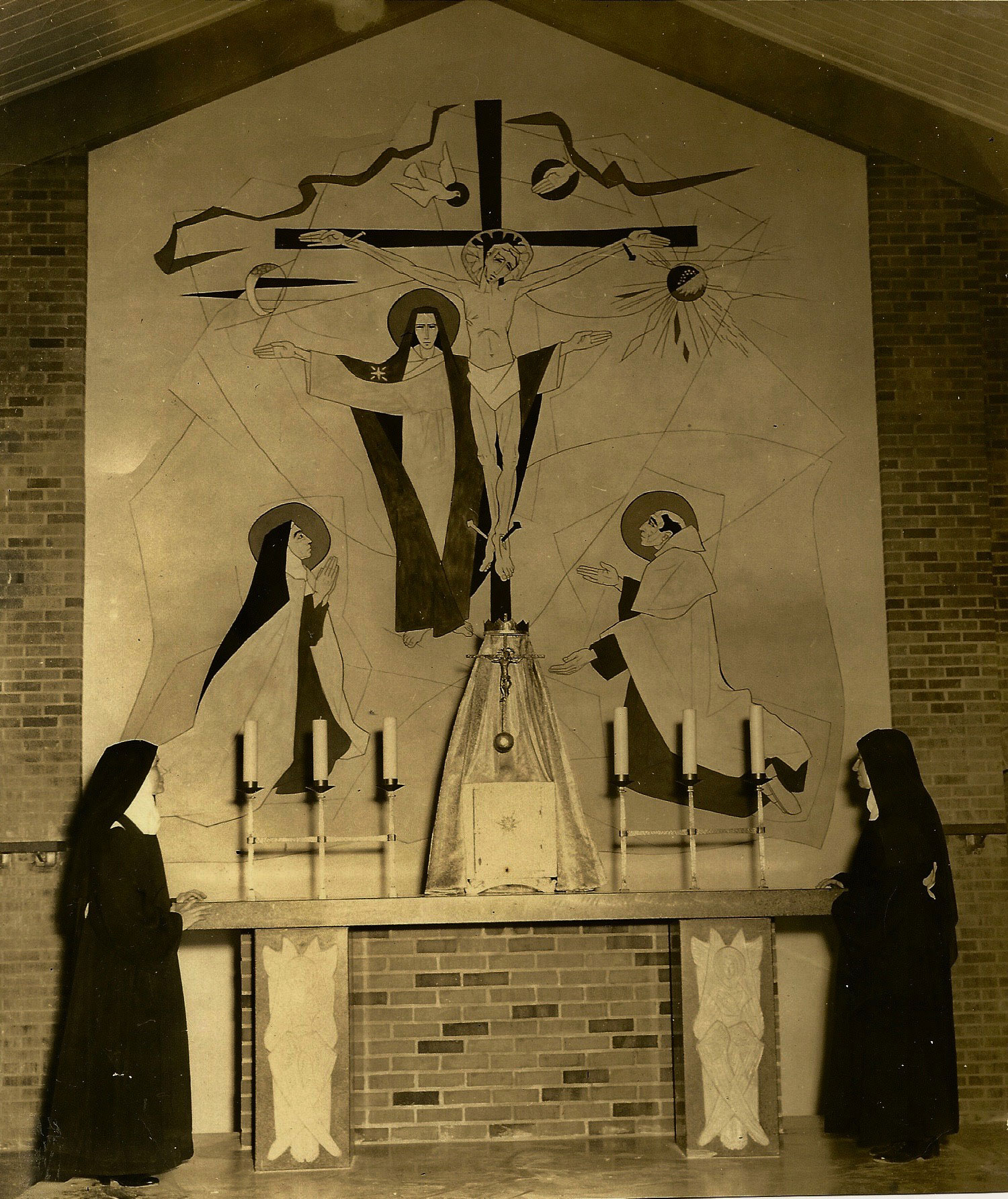
Altar, Tabernacle & the unfinished Mural of the new Chapel
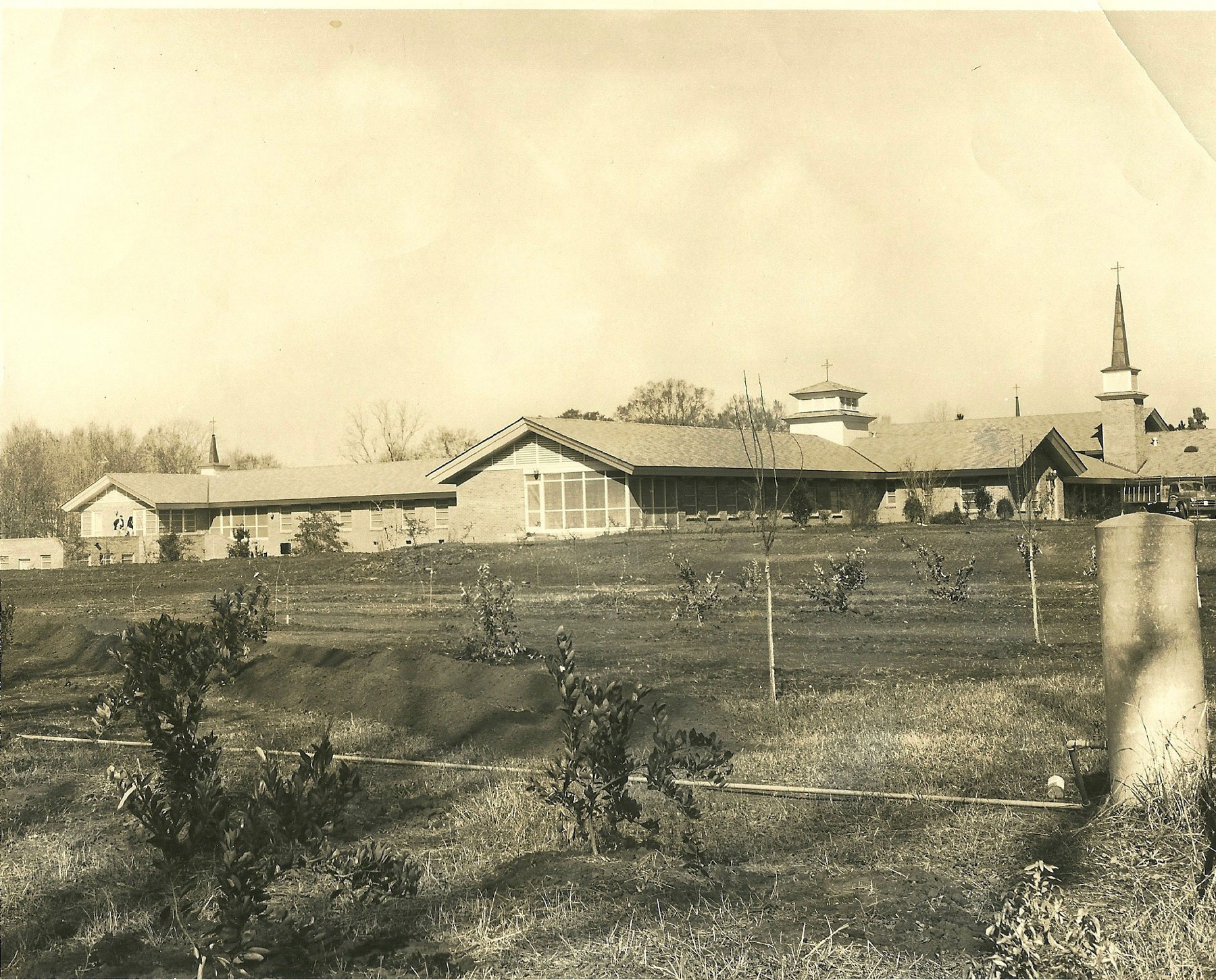
Organic Garden beginnings
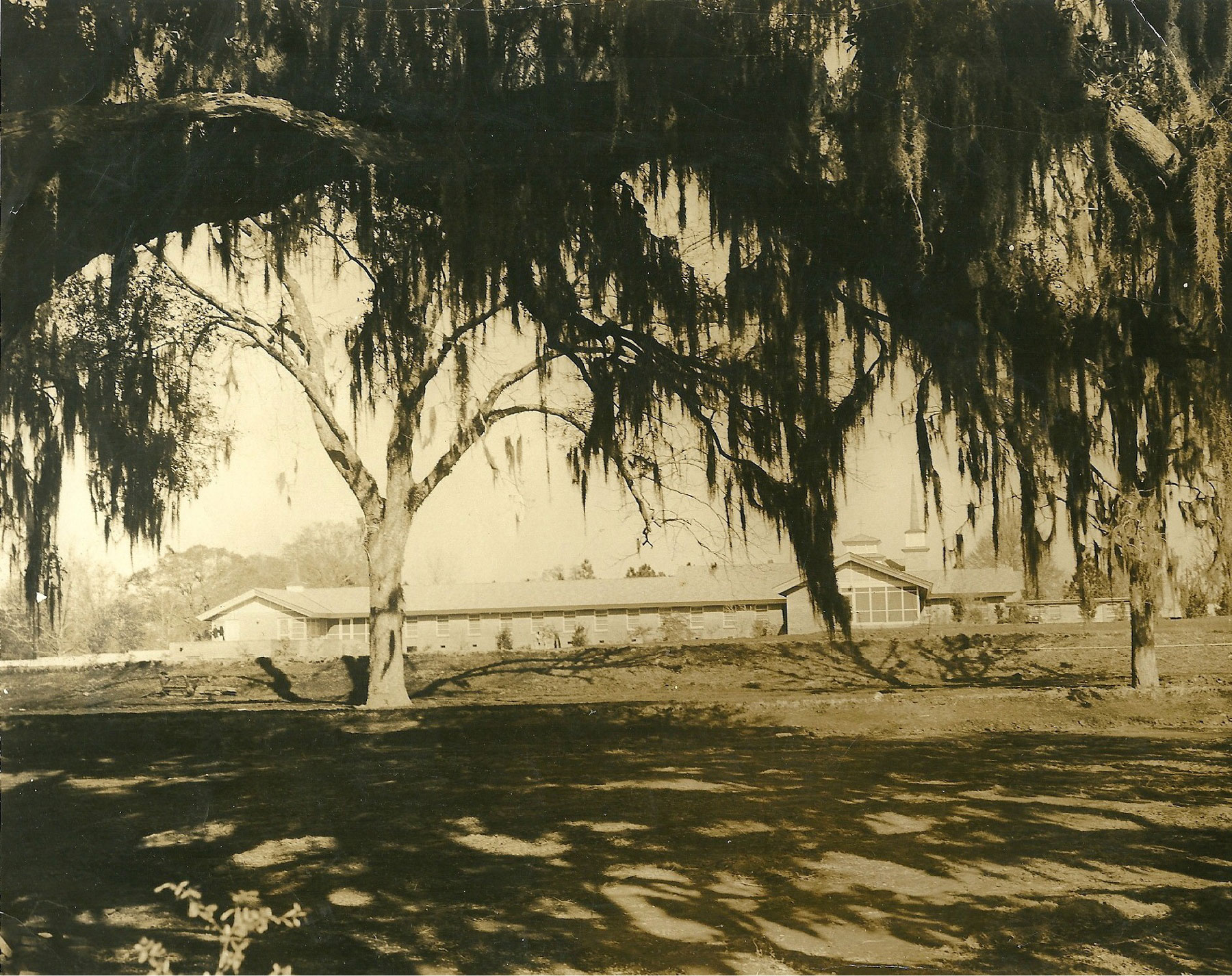
Under the Oaks

Two Carmelite Guild Men & the Monastery Bell
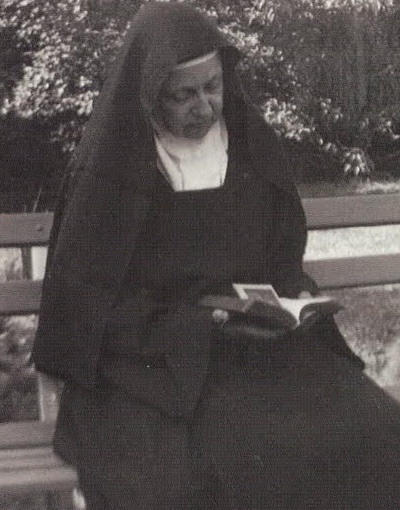
Mother Marie Dolores, Foundress
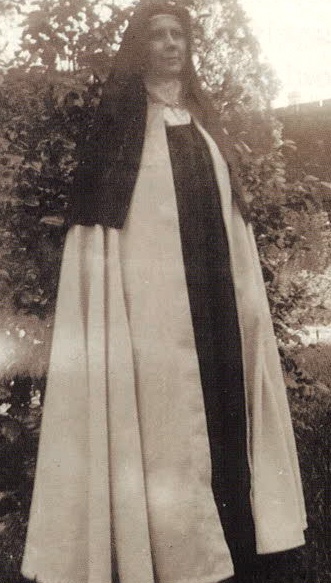
Mother Theresa Margaret, Foundress
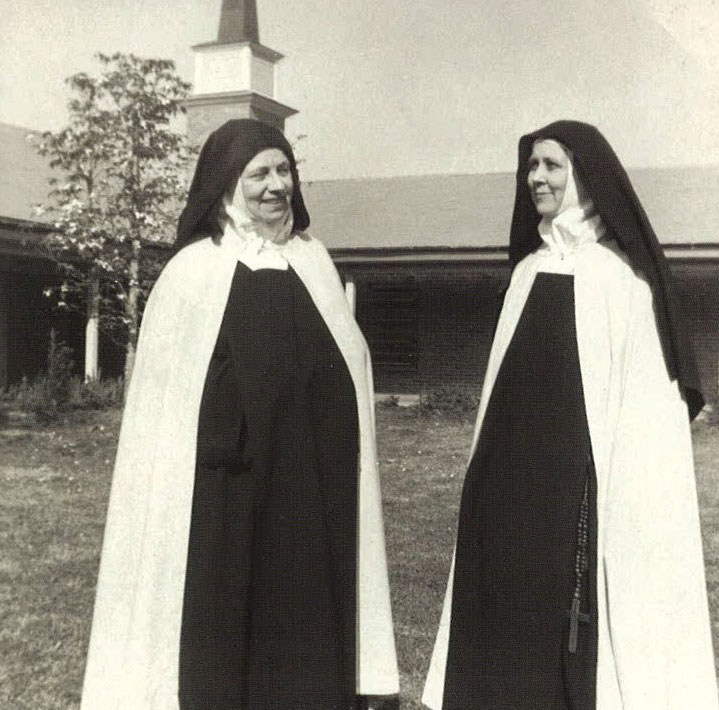
Foundresses at the new Monastery
St. Teresa was confident that if her foundations began with the experience of difficulties and trials, they were bound to become a success. Certainly this proved true with the Lafayette Monastery. Chief among these trials was the decline in health of three of the Sisters, which eventually necessitated their return to the community in New Orleans. Mother Marie Dolores was left with the complex administrative duties of a new foundation, while Mother Theresa Margaret was entrusted with the religious and spiritual formation of young aspirants.
As is usual with new foundations, applicants came and went, but eventually God blessed the community with growth, so much so that their “miniature” monastery became too small for its many occupants. In 1952, a new and larger monastery was proposed. Bishop Jeanmard received the idea enthusiastically and expressed his desire that the fund drive for the new building should be a diocesan affair. The drive was sponsored by twelve business men who initiated the Carmelite Guild, whose mission was “to make known the apostolate of prayer and penance as practice by the Discalced Carmelite Nuns, and to afford a channel for mutual exchange of material and spiritual benefits.”
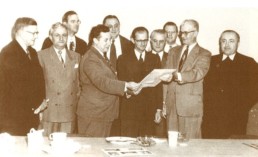
The Guild has grown from the first “twelve apostles” to about one hundred men. These men faithfully come every first Saturday of the month for Eucharistic Adoration, to pray the Rosary, and to participate in the Eucharistic Sacrifice. After Mass, they enjoy breakfast together, followed by a conference by a priest or layman. Often, about 20-25 men will stay to help with yard work for the rest of the morning.
After much searching for suitable property, ten acres were selected on Highway 94, now Carmel Drive. The dedicated efforts of the “twelve apostles” enabled the Community to break ground on December 8, 1954. By January of 1956, the monastery was completed. On January 22, after several days of “Open House,” the nuns transferred from the old monastery on College Avenue (now University) to their new home, amid crowds of onlookers and a traffic jam that required a police escort. The Mass of the Espousals of Mary and Joseph was celebrated the following morning.
Because of insufficient funds, much of the interior of the building was unfinished. There were ceilings to be painted, “miles” of walls to be sanded, stained, and varnished, and, of course, many things to be cleaned and arranged. The monastery grounds, too, had to be planted with trees, shrubbery, and flowers. While the nuns did much of this work themselves, generous assistance was also given by the neighboring Christian brothers and other devoted friends.
Once they were finally settled in their permanent monastery, the community made Solemn Vows, which had been suppressed in the Church since the time of the French Revolution, and which Pope Pius XII had restored.
